Several years ago, the Vietnam Association for Victims of Agent Orange/Dioxin published a book entitled “Agent Orange Victims: Journey to Seek Justice.” The book helps people understand better about the Agent Orange Disaster as well as the struggle for justice of Agent Orange victims. The book also calls on people with common sense across the world to support Agent Orange victims in their struggle for justice.
The Vietnam Agent Orange Magazine introduces individual sections of the book to readers:
Part 1: Conscience and responsibility
The war was ended 35 years ago but war legacies have still remained in Vietnam. Of them, poisonous chemicals left by the war are still badly affecting both people and natural ecology in the country. Many serious genetic illnesses, particularly inborn deformities, inborn physical and mental defects, and long-term sufferings, have scientifically been found to be closely related to the toxic chemical named Agent Orange (AO) that the U.S. Air Force sprayed onto South Vietnam. As a result, millions of children and grandchildren of those who have been exposed to the toxic chemical have been suffering inborn serious genetic illnesses, leaving great consequences to their families as well as society.
According to surveys conducted by American scientists, from 1961 to 1971, some 80 million liters of toxic chemicals, including 61% of the human-poisoning chemical of Agent Orange, were sprayed onto South Vietnam. In other words, nearly 50 million liters of Agent Orange containing 366kg of the lethal poison of dioxin were sprayed onto 24.67% of South Vietnam. Scientifically, dioxin is the most poisonous chemical that man has found so far. Only one picogram of dioxin can cause cancers, accidents in childbirth to the exposed person or pass genetic illnesses to the next generations of the exposed person. Several dozens of nanogram of dioxin can kill a person immediately.
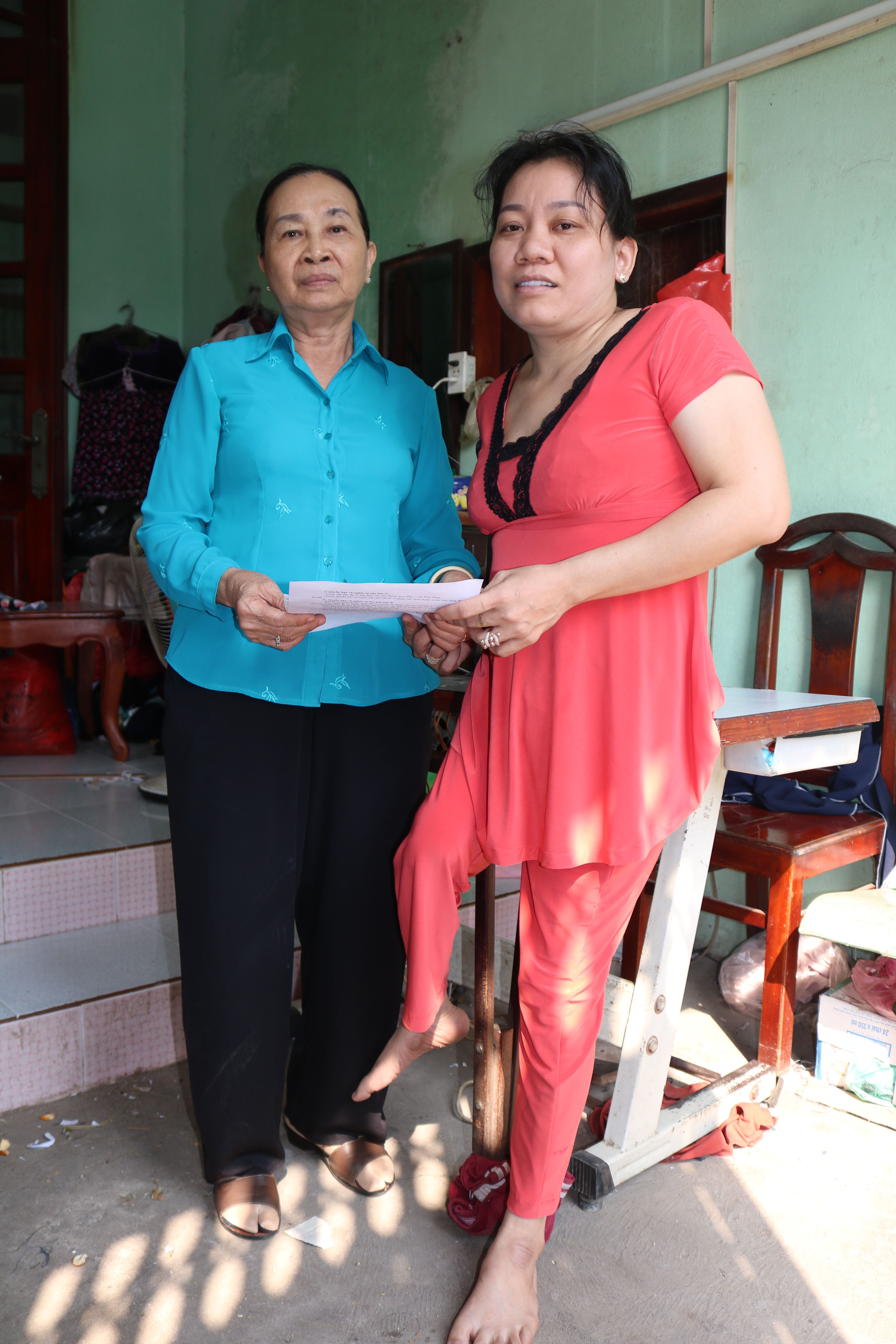 |
In Vietnam, 4.8 million have been exposed to Agent Orange and some three millions, including a large number of children and grandchildren of the directly exposed people, have already been the victims of the lethal poison. Thousands of people have already died and millions of others are now suffering serious illnesses, inborn deformities and disabilities as a result of Agent Orange.
Who has been exposed to Agent Orange? They are Vietnamese soldiers, volunteer youths, guerrillas, militiamen and conscripted labors who used to participate in combat or support combat in the areas sprayed with Agent Orange by the U.S. Air Force during the war. They can be the civilians who lived in the Agent Orange-affected areas. They can also be troops of the old Saigon regime who fought in the Agent Orange-affected areas. Vietnamese AO victims may have different backgrounds but they are all victims of Agent Orange sprayed by the U.S. Army. They may suffer a number of serious illnesses or may pass genetic illnesses on to their children and grandchildren. Generally, AO victims live in a miserable state; many of them are homeless and poor. They are the most wretched among ill-fated people.
Recent expert statistics show that 70% of the Vietnamese AO victim families are poor. Of the figure, 40% of the families usually lack food and 22% of the families have three or above AO victims. Meanwhile, the health of 30% of the AO victims is deteriorating and 90% have no professional qualifications and jobs.
What Vietnamese AO victim families have suffered is countless. A couple with one exposed to Agent Orange expected babies many times but only deformed babies were born and died early. Meanwhile, some families reared their children for tens of years but their children are human-shaped senseless and motionless creatures. There is a five-member family in which the father and all four children are AO victims. Next, there is a family that has three generations of AO victims. Or there is a house, of which each column has a big chain to fasten the family’s AO victim children when they become mad.
With its responsibility, the State of Vietnam established Steering Committee 33 to overcome the consequences of the chemical war. On January 10, 2004, the Vietnam Association for Victims of Agent Orange / Dioxin (VAAV) was officially founded. Former Vice State President Nguyen Thi Binh was its Honorary President and Lieutenant General Dang Vu Hiep was its President. The Vietnam Association for Victims of Agent Orange / Dioxin aims at protecting the rights of victims of Agent Orange and is the legal representative of the Vietnamese victims of Agent Orange in relations to domestic and international organizations and individuals.
Since its inception, the Association has set up projects to help Agent Orange victims in their lives, and at the same time, collect documents and evidence, initiate lawsuits against American companies producing the poison of Agent Orange for the US Air Force used in Vietnam during the war.
On January 30, 2004, the Association, together with some Agent Orange victims, filed a lawsuit against 37 US companies producing toxic chemicals in the Brooklyn District Court, New York state, the USA.
On 25 February 2004, the Association issued a declaration calling on the people of the whole country and international friends to support the Association and AO victims in their activities for peace, equity and justice.
On June 25, 2004, representatives of 32 member organizations of the Vietnam Fatherland Front convened a Conference \"For Vietnamese Agent Orange Victims.\"All delegates unanimously proposed to take August 10 every year (The first day of the US Army spraying toxic chemicals onto South Vietnam - in 1961) was the \"Vietnam Agent Orange Day.\"
Since 2004, Vietnamese people and international friends have provided strong support and large aid for victims of Agent Orange in Vietnam. Especially, on the Vietnam Agent Orange Day and national anniversaries, Vietnamese leaders often visit and present gifts to families of victims of Agent Orange and centers for victims of Agent Orange.
In a letter to the Vietnamese victims of Agent Orange on “Vietnam Agent Orange Day” in 2006, President Nguyen Minh Triet wrote: “The pain of Vietnamesevictims of Agent Orange in Vietnam is a common pain of the Vietnamese people and also the pain of people with common sense in the world. I express my deep sympathy and would like to share with you - victims of Agent Orange and the children of victims of Agent Orange about your losses and pains. I commend and praise the victims who uphold the spirit of self-reliance, and are determined to take exercise, treatment, rehabilitation and integration into the community...”
The Vietnam Association for Victims of Agent Orange / Dioxin has received much support and assistance from friendship associations between Vietnam and other countries, namely England, France, Germany, Russia and Switzerland, as well as from World Peace Council, Association International Democratic Lawyer, Swedish Committee in solidarity with Vietnam - Laos - Cambodia, Brazilian Peace Commission, Korea Veterans Association, American Veterans Association for Peace. What is more, Mrs. Anjuska Weil (Switzerland – Vietnam Association), artist Kumiko Yokoi (Japan), artist Peter Yanow (USA) and other artists have visited Vietnam, held music shows and donated the proceeds to Vietnamese AO victims.
Moreover, a number of Vietnam War veterans from the U.S., the Republic of Korea, Australia and New Zealand were also exposed to Agent Orange and are suffering serious illnesses. Many residents in Gagetown, Canada and other places where the American chemical factories are located also have showed clear association between their diseases and the toxic chemical.
On February 21 and 22, 2006, international lawyers convened a conference in Hanoi. They showed their unanimous support for the Vietnamese Agent Orange victims\' case in the US Court. An international conference on victims of Agent Orange in Hanoi on March 28 and 29, 2006 drew the participation of Vietnamese, American, Korean, Australian and victims\' delegations, social activists and scientists from New Zealand, Canada, the United Kingdom, Germany, France, Russia, and Switzerland. They issued a call affirming that a number of U.S. chemical companies for super-profits had manufactured toxic chemicals and indirectly caused calamities to humans; as a result, they must have compensated for the sufferings of the victims.
On April 20, 2006, 28 British parliamentarians submitted to the Parliament a petition demanding that the United States compensates Vietnamese victims of Agent Orange. The Journal \"Ecologist\" (UK) issue of May 2006 mobilized people to support the appeal, asking the United Nations to take August 10 every year as \"International Day for the Victims of Chemical Weapons.\" During an international conference on nuclear, chemical and biological disarmament (May 6 to 8, 2006) in the city of Poitu - Charente (France), Mr. André Bouny, President of the International Commission supporting the lawsuit of Vietnamese victims of Agent Orange declared: \"Supporting victims of Vietnamese Agent Orange is supporting peace.\"
On May 15, 2008, for the first time, the Agent Orange issue was brought to a hearing at the Asia-Pacific and Global Environment Subcommittee of the Foreign Affairs Committee of the U.S. House of Representatives. Congressman Eni Falcomavaega (a veteran who participated in the Vietnam War), a representative of Samoa Island, brought this issue to the hearing under the topic “Forgotten responsibility - What we (the US) can do to help Agent Orange victims?” In this hearing, many U.S. scientists, lawmakers and lawyers made speeches affirming that the Agent Orange had used by the US Army during the Vietnam War seriously affected both American soldiers and Vietnamese people. They demanded that the US Government should compensate the victims. Concluding the hearing, Mr. Eni Falcomavaega said that this was the beginning for the next steps that should be taken to further support the Vietnamese victims of Agent Orange.
Earlier, during a meeting with the Central Committee of the Vietnam Association for Victims of Agent Orange/Dioxin, on February 20, 2008, in Hanoi, Ms. Lisa Williams, Chief of the Representative Eni Falcomavaega Office led a delegation of assistants to Representative Eni Falcomavaega said that they promised Vietnamese victims of Agent Orange to try our best in this issue and repeated Mr. Eni Falcomavaega’s words, saying that he gambled his political career on the Agent Orange issue because that humanitarian issue comes from the heart.
On June 4, 2009, the U.S. House Foreign Affairs Committee held the second hearing on the Agent Orange issue under the chair of Eni Falcomavaega. The hearing was themed: What Efforts Are Being Made To Address The Continuing Impact Of Dioxin In Vietnam?
Ambassador Ngo Quang Xuan, Deputy Chairman of the National Assembly\'s Foreign Affairs Committee and Co-Chair of the Vietnam-US Dialogue Group on Agent Orange, presented an overview of the situation of the bilateral relations and related issues regarding Agent Orange. He emphasized that the only unsolved legacy of the war is the impact of Agent Orange on human health and the environment in Vietnam.
Professor Vo Quy, a Vietnamese ecologist, called for the U.S. side to hold the responsibility and provide humanitarian aid for Vietnamese AO victims, joining Vietnamese effort to heal the pain of the war.
At an international meeting, Dr. Charles Bailey, Director of the Ford Foundation\'s Orange / Dioxin Special Initiative, stated that more than 35 years after the war, dioxin still posed tremendous risks to human safety and health. An alarming number of birth defects, cancers and other diseases happened to Vietnamese veterans, ordinary people, their descendants and people living in polluted areas. Dr. Bailey estimated that the cost to clean up the three hotspots of Da Nang, Bien Hoa and Phu Cat areas would be from 50 to 60 million dollars. The solution to human health, he said, is “more complex\" and requires a bigger, longer-lasting vision, and even a stronger partnership between the U.S. and Vietnam.
Deputy Assistant to the U.S. Secretary of State for East Asia and Pacific Scot Marciel vowed that the U.S. would try to ensure that U.S. supplementary aid would be various and efficient to settle the concerns related to Agent Orange.
In an interview with the Vietnam News Agency before the hearing, Senator Eni Falcomavaega expressed his displeasure at the fact that the U.S. had not adequately resolved the problem that was considered one of the darkest pages in American history. He acknowledged that the U.S. has not adequately addressed this painful issue, not only for the Vietnamese people but also for many American soldiers, who were exposed to Agent Orange.
Soothing the pain of Agent Orange is not business of only a person. Policies for victims of Agent Orange have continuously been amended and supplemented by the State over the past years and are still in the process of completion, aiming at realizing social justice for the people with meritorious services to the country, for all civilian AO victims, including those who used to work with the former Saigon regime. This has relieved the victims working with the former Saigon regime as well as helped them reduce the feelings of inferiority and overcome their physical and mental pain caused by diseases.
Up to June 2010, the Vietnamese people and many foreign organizations and individuals, regardless of political trends, classes and skin colors, showed their deep sympathy toward the victims of Agent Orange in Vietnam and supported households with the total support of cash and gifts worth more than VND 147 billion (foreign friends supported more than VND 22 billion). The supported money were then used to help victims to lead a better life, to study, to have work and purchase necessities to Agent Orange victims on anniversaries and New Year festival.







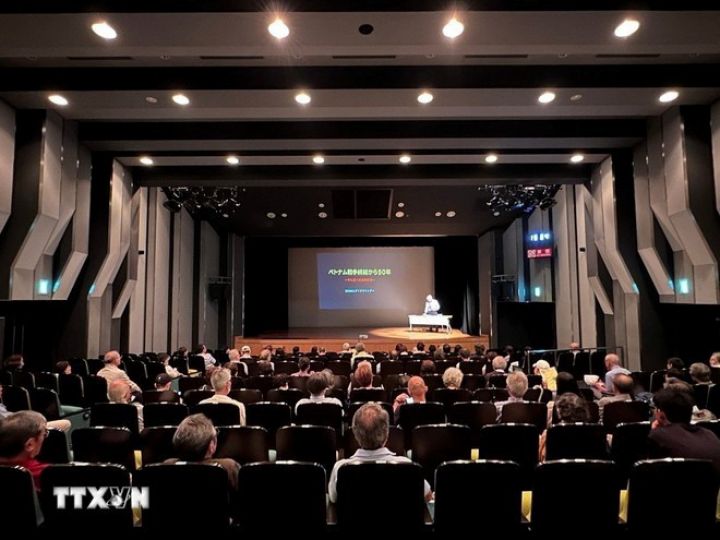


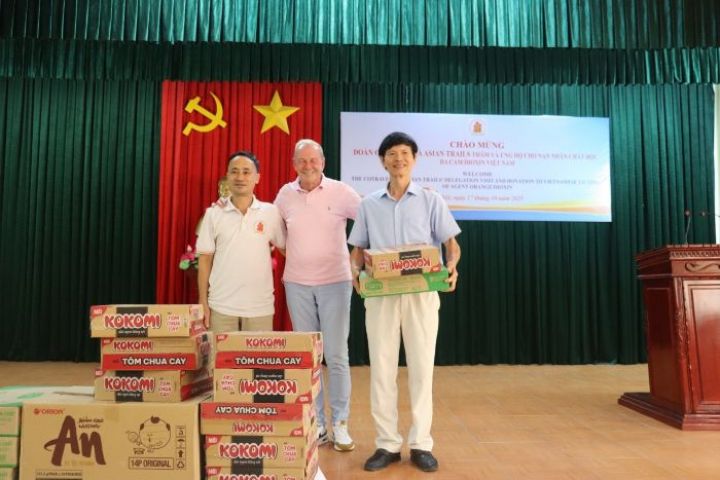











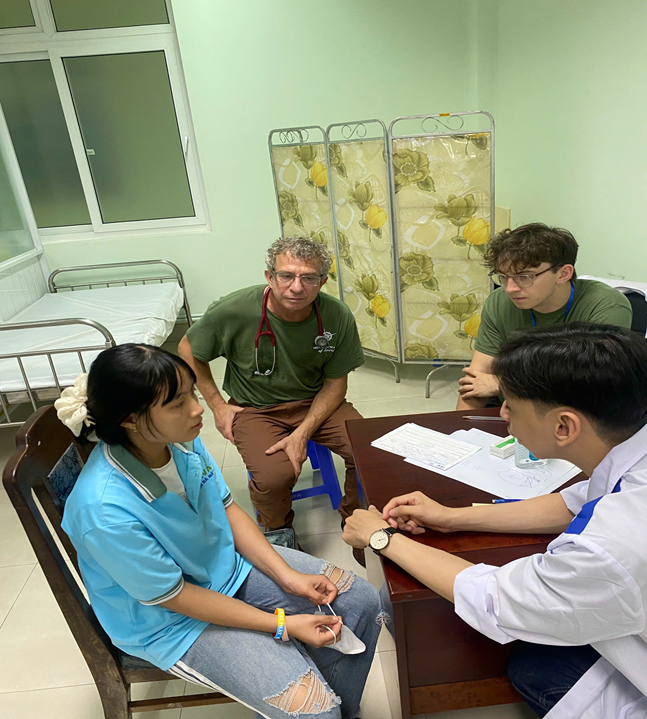
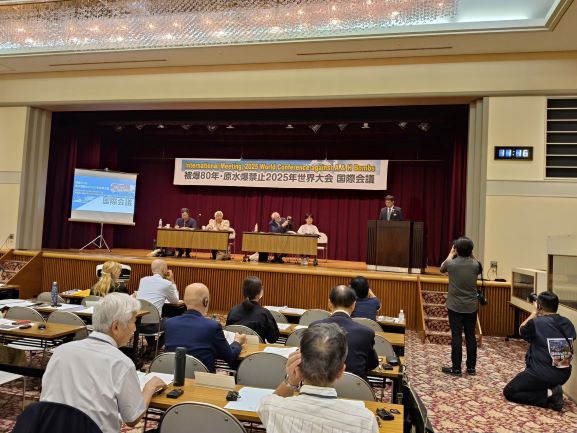
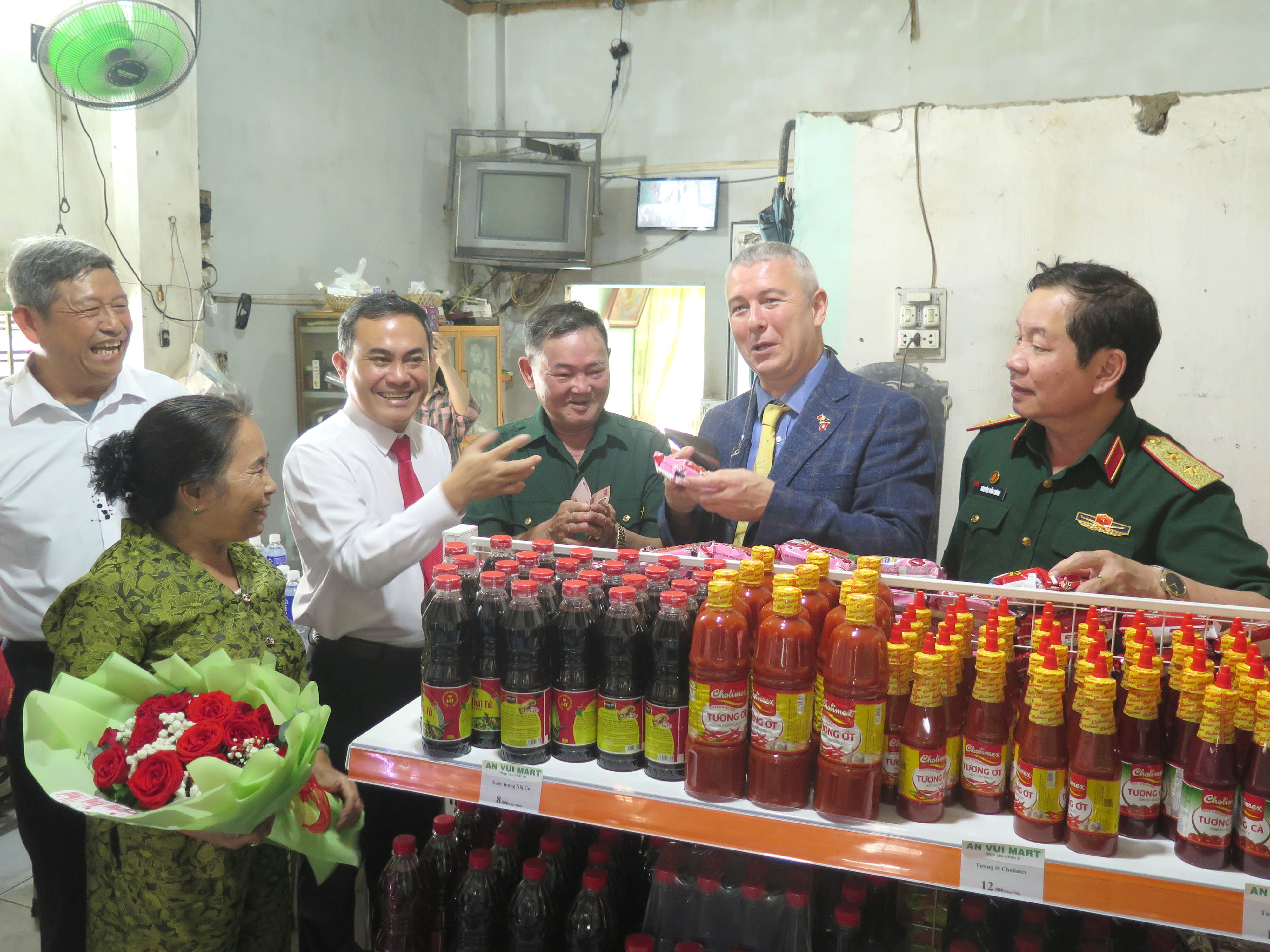
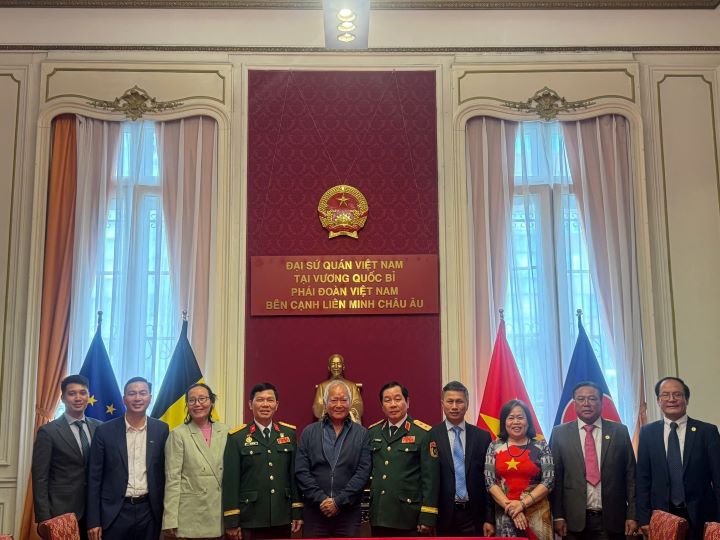

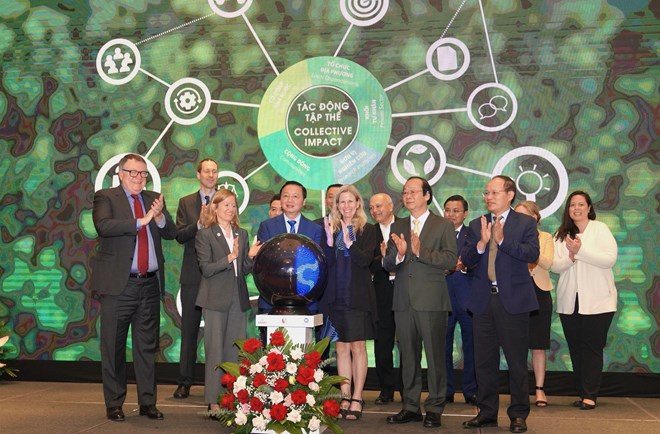

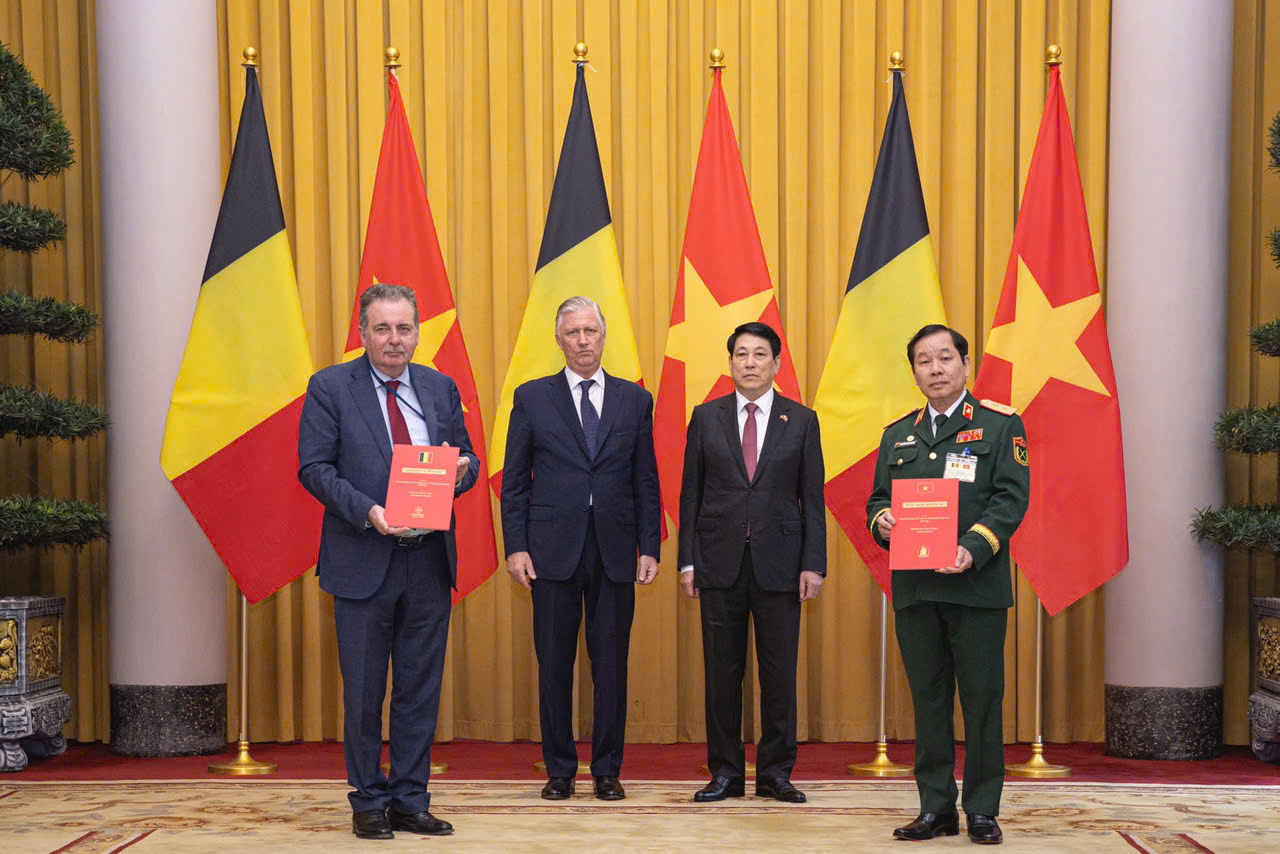


.jpg)
Comment